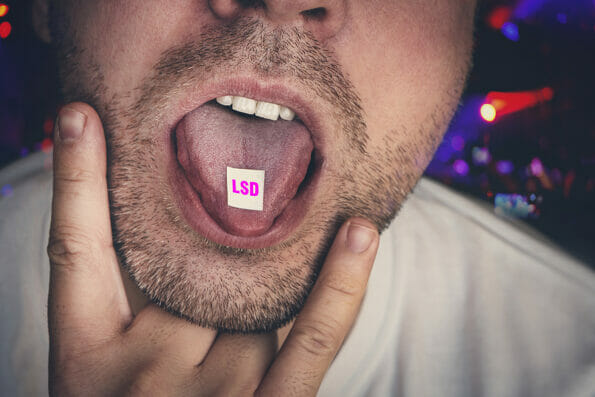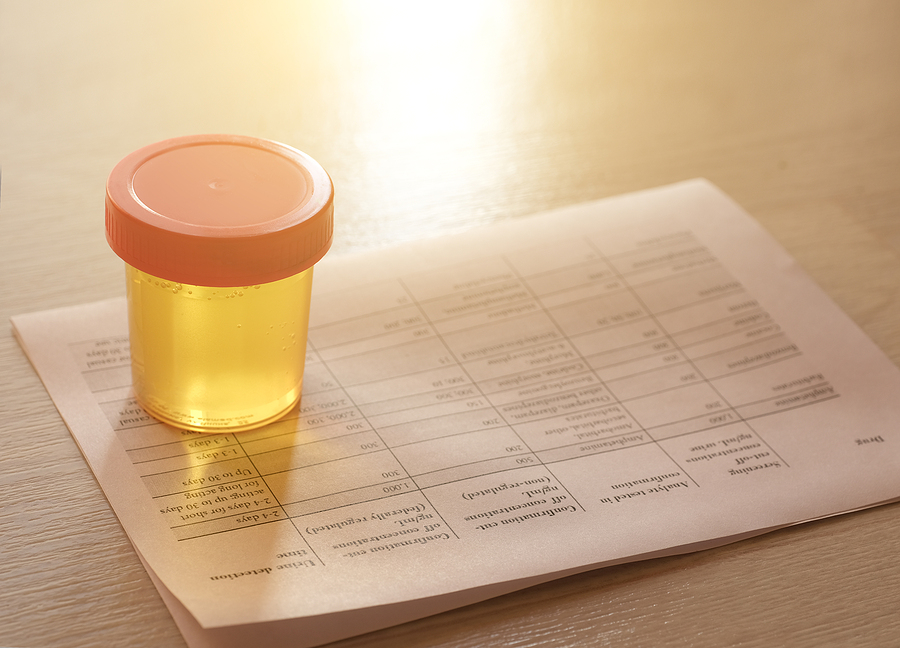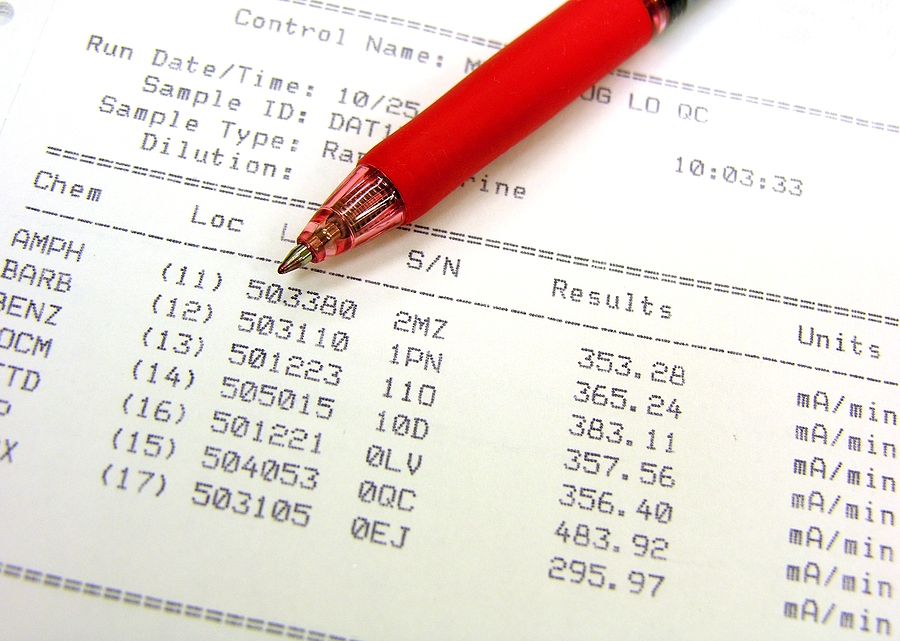Though it sometimes gets a bad rap, LSD is a powerful psychoactive drug used for recreational and therapeutic purposes. Contrary to popular belief, however, there are two types of LSD – 1D and 2D. The difference between the two lies in their chemical structure – 1D LSD is derived from a single molecule, while 2D LSD is derived from two molecules. This article will explore the differences between the two types of LSD and discuss how each might be used in different settings.
What is 1D LSD, and what are its characteristics compared to 2D LSDs?
1D LSD, a 1-dimensional liquid stationary phase, is a specialized chromatography technique responsible care researchers use. It relies on one stationary phase, usually a liquid or gel, to separate analyte molecules based on their interactions with the stationary phase. 1D LSD is often used for routine analysis and can provide quick results with high resolution and separation efficiency.
On the other hand, 2D LSD, or 2-dimensional liquid stationary phase, uses two different stationary phases in succession to further enhance the separation of analytes. This advanced technology provides even higher resolution and can be used for more complex samples. However, it takes longer and requires more extraordinary expertise to set up and operate compared to 1D LSD. Overall, 1D and 2D LSD are both valuable tools in the responsible care researcher’s arsenal, each having advantages and limitations.
How do 1D and 2D LSDs differ regarding their effects on the body?
1D and 2D LSD, also known as lysergic acid diethylamide, are hallucinogenic drugs that can alter perception, mood, and cognition. But how do they differ regarding their effects on the body? 1D LSD is considered the “classic” form of the drug, with a distinct chemical structure and a longer-lasting effect on the brain. 1D LSD is typically administered through ingestion or absorption through the skin on paper or other materials.
2D LSD, on the other hand, was first synthesized to enhance 1D’s effects but had a shorter duration and different chemical makeup. This form is typically taken through inhalation or injection and has been linked to higher potency and more unpredictable effects. As a responsible care researcher and user of psychedelics, it’s essential to understand these differences and approach 1D and 2D LSD with caution. Education, proper dosage, reducing risk factors like combining with other substances, and seeking professional help if needed are all critical components for using 1D and 2D LSD safely.
What are some of the potential risks associated with taking 1D or 2D LSDs?
1D LSD, or lysergic acid diethylamide, is this hallucinogenic drug’s most commonly known form. 1D LSD typically comes in small squares of paper known as “blotter acid.” On the other hand, 2D LSD, or lysergic acid 2,4-dimethylacetamide, is a relatively new drug found in liquid or powder form and is often marketed as more potent and longer-lasting. Both types of LSD are powerful hallucinogens with the potential for severe risks and side effects.
While 1D and 2D LSD can lead to intense visual and auditory hallucinations, they can also cause paranoia, anxiety, and a loss of control. 1D LSD may have a shorter duration of effects compared to 2D, but there is a lack of research on the full effects and potential risks associated with 2D LSD. It’s important to remember that all forms of hallucinogenic drugs should be approached with caution and only under the supervision of a responsible care researcher or experienced user. Always start with a minimal dosage and listen to your body’s reaction before considering taking more. As with any substance, individual reactions may vary, and there is always the potential for unexpected consequences: approach 1D and 2D LSD with extreme caution and mindfulness for your safety.
Benefits of taking 1D or 2D LSDs over other types of psychedelics
1D LSD refers to lysergic acid diethylamide, the classic psychedelic drug made famous in the 1960s and commonly known as “acid.” 2D LSD, on the other hand, refers to 1,4-dimethoxy-lysergic acid diethylamide, also called “Merry Pranksters” or “orange sunshine.” 1D LSD produces highly visual and auditory experiences, while 2D LSD tends to be more reflective and dreamlike. Both can produce intense physical side effects, including nausea and muscle tension.
It’s important to note that 1D and 2D LSD are still very experimental drugs, with a limited understanding of their long-term effects. As with any psychedelic, responsible care from a knowledgeable researcher is crucial in determining likely dosage and potential interactions with existing medications or mental health conditions. Whether 1D or 2D LSD offers any unique benefits over other psychedelics is a matter of personal preference and individual response. It’s always best to start with a low dose before gradually increasing if desired, rather than diving into a high dose without prior experience. Ultimately, cautious experimentation can offer insights into consciousness and personal growth – but please use harm-reduction practices and never hesitate to seek professional help if needed.

How can you tell if you’ve taken a 1D or 2D LSD
One of the most important considerations for responsible LSD use is understanding the difference between 1D and 2D LSD. 1D LSD, also known as lysergic acid or lysergide, is the classic form of the drug that was first discovered in 1938. It causes visual and auditory hallucinations, altered thought processes, and changes in sensory perception. 2D LSD, also known as lysergamide or 1P-LSD, often has similar effects but can vary in strength and duration. So how can you tell if you’ve taken 1D or 2D LSD? One reliable way is to ask your source: a responsible care researcher will likely know what type they’re providing. Another option is to purchase a testing kit that can identify 1D from 2D through chemical analysis. No matter what type of LSD you take, it’s essential to always start with a small dose and go slow, as both forms can cause unpredictable reactions in the body and mind.
What should you do if you’ve taken a 1D or 2D LSD and experience adverse side effects?
1D and 2D LSD are similar in their chemical makeup, but their effects fundamentally differ. 1D LSD, or standard acid, is primarily visual and can lead to intense visual experiences and psychological alterations. 2D LSD, on the other hand, is known for its body high and can be intensely physical. As with any substance, it’s essential to exercise caution and responsible consumption. This means having a sober trip sitter present, setting a comfortable and safe environment, starting with a low dose, and avoiding mixing substances.
However, suppose you do find yourself experiencing adverse effects while on 1D or 2D LSD, like paranoia or anxiety. In that case, it’s important to remind yourself that these feelings will pass and to practice calming techniques like deep breathing or grounding exercises. It’s also helpful to have resources like trip sitters or hotline numbers available in case additional support is needed. Always practice responsible care as a researcher and consumer of 1D and 2D LSD.
Conclusion:
While 1D LSD is more potent, the visuals are not as intense. 2D LSD is less potent, but the visuals are more intense. Be sure to have a sitter with you if it’s your first-time taking acid. A level head and good vibes go a long way in making your experience pleasant. Micro dosing is also an option if you don’t want such an intense trip.
Image Source: BigStockPhoto.com (Licensed)
Related Categories: Health, Reviews








